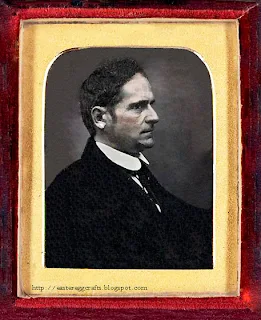I have included here a series of five, butterfly, drawing exercises from an old book. In each case it is the last figure of each series of diagrams that you are striving to copy.
Learning to draw is best when students are encouraged by multiple means of processing information. Teachers should encourage progressive diagram drawing, drawing from real life, drawing from artworks and from their imaginations. The more articulate the student, the easier it becomes for him or her to express themselves. It is difficult for art students to become articulate if their teacher is attaching too much philosophy to practice early in their pupil's development.
Each method of drawing accesses different areas of the brain. Educators will soon discover that different students excel at different rates according to their familiarity with utilizing that particular part of their brain. Teaching art to the very young should focus primarily on the absorption of knowledge and how to use it within a wide variety of circumstance/context.
All artists should be given time to learn how to manipulate information without having the process judged by those art educators that teach according to current popular belief. Do not fixate on artistic schools of thought or practice until a student is approximately sixteen or older and is able to make important choices for himself apart from your personal tastes and opinions.
The method of drawing illustrated in the jpgs. below, is very appropriate for cartoonists or graphic designers to learn. Encourage art students to try this method of making art along with many other practices inside your classroom.
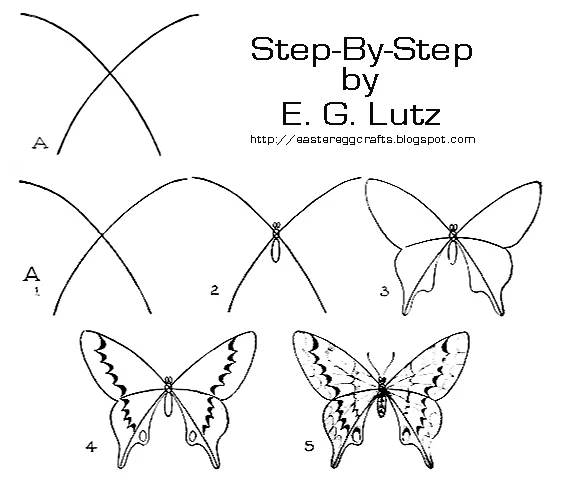 |
| full frontal butterfly draw |
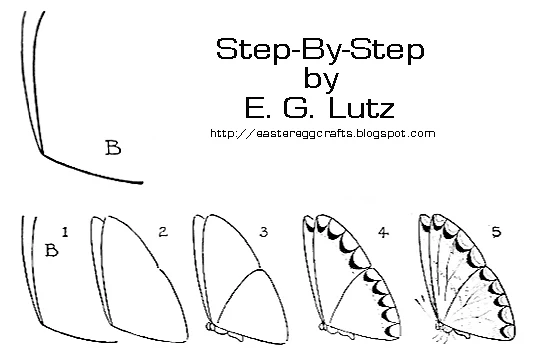 |
| Draw butterfly from side. |
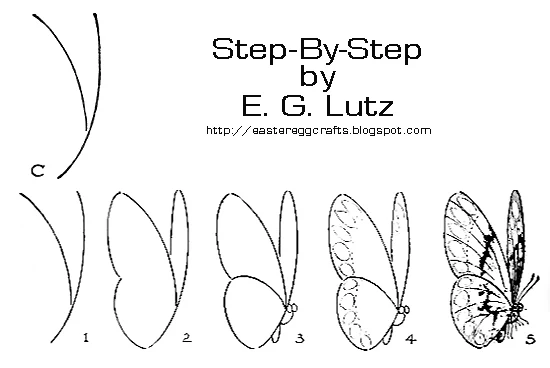 |
| Draw another butterfly from side. |
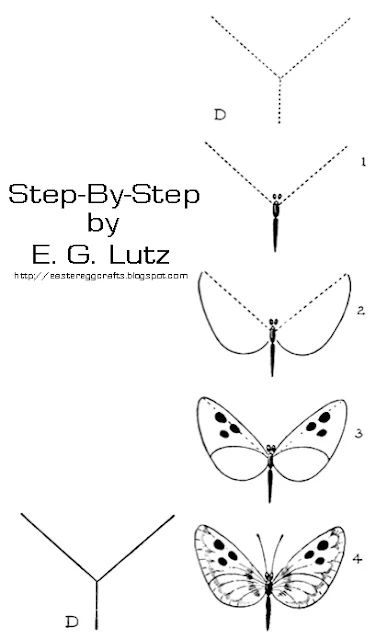 |
| Smaller butterfly drawing challenge. |
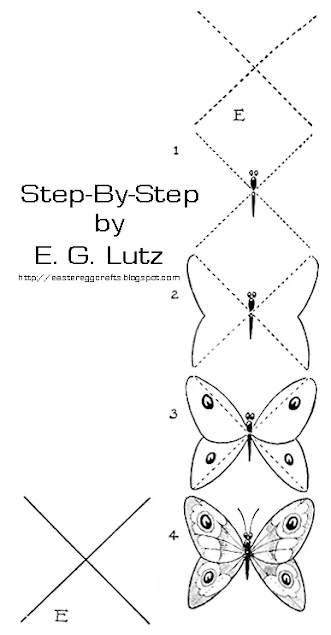 |
| Last step-by-step butterfly drawing challenge. |






